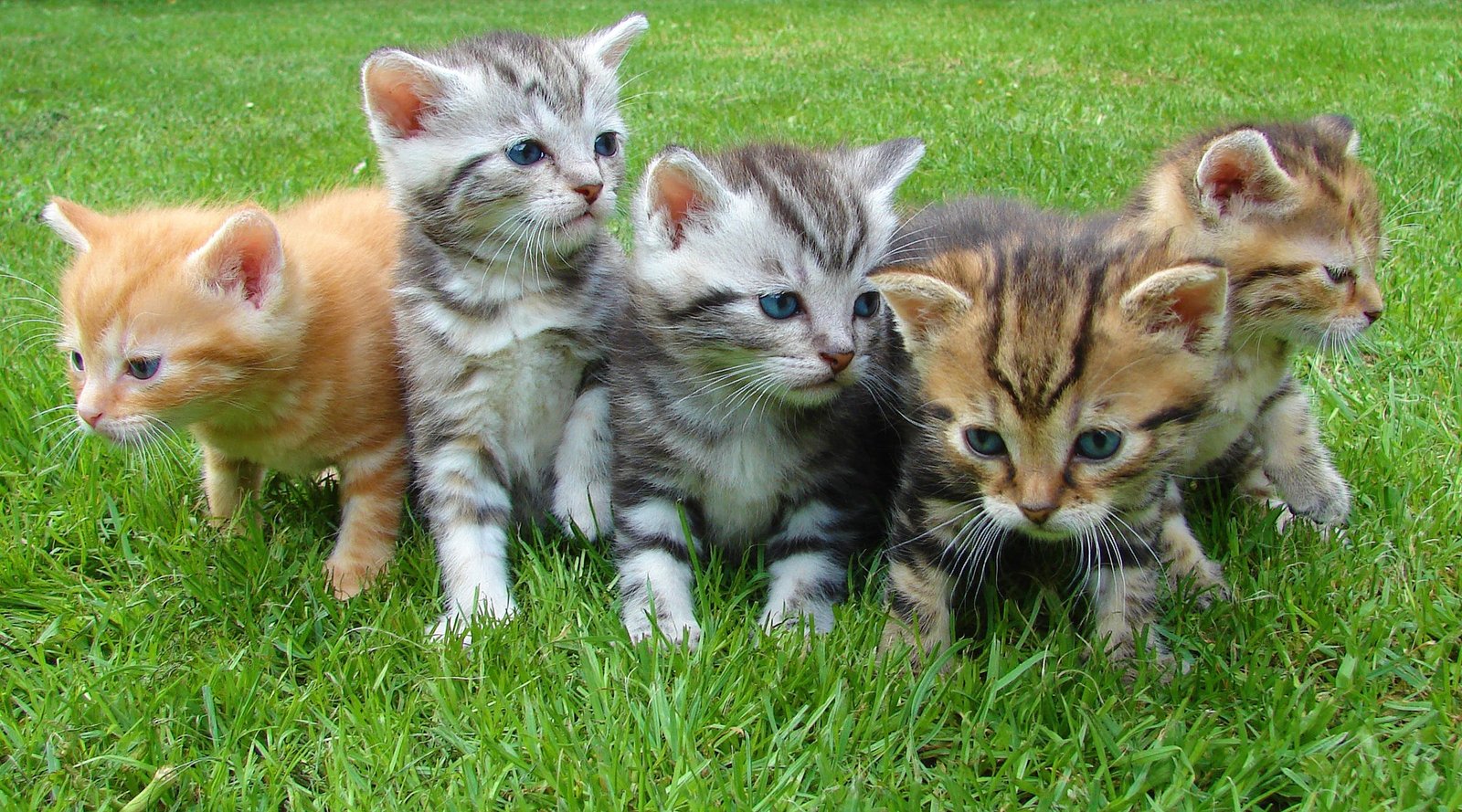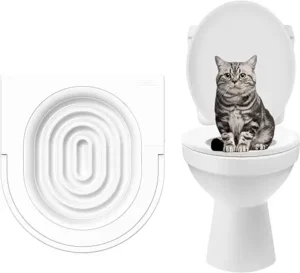How to Litter Box Train a Cat: A Comprehensive Overview
Introduction:
Are you struggling to educate your pet cat appropriate can habits? Training a feline to make use of a can is a basic aspect of pet ownership, but it can in some cases be a tough procedure. In this guide, we’ll offer you with functional ideas and techniques on How to Litter Box Train a Cat. From recognizing your pet cat’s natural reactions to repairing common problems, we’ve obtained you covered. Allow’s dive in and learn how to develop a harmonious environment for you and your feline friend.
Establishing the Perfect Can Atmosphere, How to Litter Box Train a Cat
Developing the ideal can setting is important for successful cat training. Follow these steps to guarantee your cat feels comfortable and positive using their can.
Selecting the Right Litter Box Type:
Select a litter box that suits your cat’s preferences and demands. Alternatives consist of open trays, covered boxes, and also automated self-cleaning litter boxes. Consider your cat’s dimension, age, and wheelchair when selecting the appropriate kind of litter box.
Optimizing Litter Box Location:
Place the litter box in a quiet, conveniently accessible area of your home. Avoid putting it near loud devices or in high-traffic locations that may alarm your feline. Giving personal privacy can also encourage your feline to make use of the litter box consistently.
Picking Appropriate Trash Products:
Pick a clutter material that your cat locates comfy and welcoming. Choices consist of clumping clay clutter, silica gel crystals, and all-natural choices like want pellets or recycled paper. Try out different textures to locate the one that your pet cat prefers.
Making Sure Correct Size and Depth:
Ensure the can is huge sufficient for your cat to comfortably move and dig. Pet cats like a can that enables them to cover their waste effectively. Go for a deepness of at the very least 2-3 inches of clutter to provide sufficient insurance coverage.
Keeping Sanitation:
Consistently scoop the litter box to get rid of waste and globs, preferably one or two times daily. Entirely vacant and tidy the litter box a minimum of once a month to avoid smell buildup and maintain a hygienic atmosphere for your pet cat.
By following these standards and creating a suitable can environment, you can establish the stage for successful can training. Now, let’s discover the step-by-step training techniques to show your feline how to make use of the can properly. Keep checking out to uncover more suggestions and strategies for a pleased and healthy relationship with your feline companion.
Step-by-Step How to Litter Box Train a Cat
Training your pet cat to utilize a litter box calls for perseverance and consistency. Adhere to these step-by-step strategies to effectively show your cat just how to utilize the can.
Introduce the Can Progressively:
Start by positioning the litter box in a peaceful, conveniently accessible place. Enable your pet cat to discover the litter box at their own speed without any pressure. Progressively present them to the litter box by positioning them near it after dishes or snoozes.
Urge Examination:
Use favorable reinforcement to urge your pet cat to explore the litter box. Position a few of their preferred toys or deals with near the litter box to lure them to explore. Award any positive interactions with praise and deals with to produce a positive organization with the can.
Demonstrate Digging Behavior:
Show your cat how to dig in the litter by delicately scratching the surface with your fingers. Cats usually learn by monitoring, so showing the preferred actions can help them understand what is anticipated of them.
Overview Your Feline to the Can:
If you discover indicators that your feline needs to eliminate, such as sniffing or circling around, gently guide them to the litter box. Position them inside package and encourage them to dig by gently scraping the litter with their paws.
Use Positive Support:
Whenever your cat makes use of the can efficiently, instantly commend them and provide a treat as an incentive. Favorable support aids strengthen the preferred behavior and motivates your pet cat to continue using the can.
Hold Your Horses and Consistent:
Litter box training takes some time and persistence, so be planned for setbacks and mishaps along the way. Remain constant with your training initiatives and prevent punishing your cat for mistakes. With patience and willpower, your cat will ultimately discover to utilize the can dependably.
By adhering to these detailed training techniques, you can properly instruct your feline exactly how to make use of the can. Remain tuned to learn how to deal with common obstacles and make sure lasting success with litter box training. Maintain reviewing to uncover more suggestions and approaches for an unified relationship with your feline companion.
Resolving Typical Difficulties and Problems
Despite your best shots, you might run into challenges and issues throughout the can training procedure. Right here’s how to attend to common concerns and guarantee a successful result for both you and your feline.
Can Aversion:
If your cat shows aversion to the can, consider possible factors such as the type of trash, the place of the box, or the presence of various other family pets. Explore various trash kinds and box positionings to find what jobs best for your pet cat.
Accidents and Obstacles:
Crashes are a natural part of the training procedure, so don’t be dissuaded if your feline has periodic accidents. Tidy up crashes quickly making use of a chemical cleaner to remove odors and avoid re-marking. Continue with favorable reinforcement to motivate appropriate can use.
Territorial Noting:
Some cats may engage in territorial noting habits, specifically if they really feel stressed or anxious. Supply environmental enrichment, such as vertical areas and hiding places, to help reduce anxiety levels. Take into consideration talking to a veterinarian or animal behaviorist for extra assistance.
Can Tidiness:
Cats are fastidious animals and might decline to make use of a filthy litter box. See to it to scoop the can everyday and do a full trash modification routinely. Take into consideration making use of unscented clutter, as some pet cats might be sensitive to solid fragrances.
Medical Issues:
Occasionally, litter box avoidance might suggest a hidden medical trouble, such as urinary system infections or arthritis. If your feline’s litter box practices change instantly or they show signs of discomfort while using package, talk to a vet for a comprehensive examination.
Numerous Cat House:
In multi-cat homes, competitors for sources can lead to litter box disputes. Provide sufficient can for each cat, plus one extra, to prevent territorial disputes. Location can in different, quiet places to minimize stress and anxiety and encourage appropriate litter box use.
By addressing these common obstacles with perseverance and perseverance, you can overcome challenges and effectively educate your feline to make use of the litter box. Keep tuned to learn how to preserve successful can routines and guarantee long-lasting happiness for you and your feline close friend. Keep reading for even more suggestions and approaches on creating an unified environment for your feline.
Preserving Effective Litter Box Habits, How to Litter Box Train a Cat
As soon as your cat has grasped making use of the litter box, it’s vital to keep their effective routines to make certain long-lasting sanitation and health in your home. Here’s how to keep your pet cat on track with their can usage:
Develop a Regimen:
Uniformity is key to preserving effective litter box routines. Stick to a regular schedule for feeding, play, and litter box breaks. Cats thrive on regular, so giving a predictable routine can assist reinforce their can behaviors.
Keep the Can Clean:
Pet cats are meticulous creatures and may prevent using a dirty litter box. Make certain to scoop the litter box a minimum of daily to get rid of waste and globs. Think about doing a full clutter adjustment every 1-2 weeks, depending on your feline’s choices and the sort of clutter utilized.
Screen for Changes:
Watch out for any changes in your pet cat’s litter box behaviors, such as increased regularity of urination or defecation, stressing in the can, or staying clear of package completely. These adjustments could be signs of underlying health and wellness issues that call for veterinary interest.
Provide Environmental Enrichment:
Enhance your cat’s atmosphere with stimulating toys, scratching blog posts, and interactive play sessions to maintain them psychologically and physically involved. A delighted and happy cat is most likely to make use of the can constantly.
Address Behavioral Issues Immediately:
If you discover any type of behavioral concerns related to can usage, such as spraying or marking, resolve them immediately. Think about consulting with a vet or pet behaviorist for personalized guidance and guidance.
Deal Positive Reinforcement:
Remain to applaud and compensate your pet cat for making use of the can properly. Positive support helps enhance the bond between you and your cat and urges them to proceed their etiquette.
Q1: The length of time does it require to educate a pet cat to make use of a litter box?
A1: The training process differs depending upon the cat’s age, personality, and previous experiences. Some felines might learn to make use of the can within a couple of days, while others might take numerous weeks or longer to completely adapt.
Q2: What sort of litter box is best for my pet cat?
A2: The most effective litter box for your feline depends on their preferences and demands. Trying out different kinds, such as open trays, covered boxes, or automatic self-cleaning boxes, to see which one your cat chooses.
Q3: How commonly should I clean the litter box?
A3: It’s essential to scoop the litter box day-to-day to eliminate waste and clumps. In addition, perform a complete clutter adjustment every 1-2 weeks to keep tidiness and avoid odor build-up.
Q4: What should I do if my cat stops making use of the litter box?
A4: If your pet cat quits using the can, it’s important to determine the underlying reason, which can range from anxiety or medical concerns to can aversion. Speak with a veterinarian to dismiss any kind of health issue and address any behavioral concerns immediately.
Q5: Can I use multiple litter boxes for my cat?
A5: Offering numerous can, specifically in multi-cat houses, can aid avoid territorial conflicts and make sure each feline has access to a clean can. Go for one litter box per cat, plus one additional, placed in separate, silent areas.
Q6: How can I urge my feline to utilize the can?
A6: Encourage your cat to use the litter box by placing them near it after dishes or snoozes and supplying favorable reinforcement, such as praise and treats, when they use it successfully. Hold your horses and regular with your training efforts to help your pet cat establish excellent can behaviors.
Also Read Article: Natural-Flea-Protrection-For-Cats/







